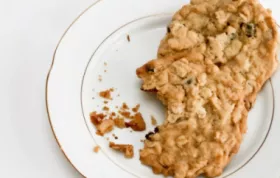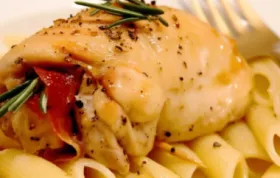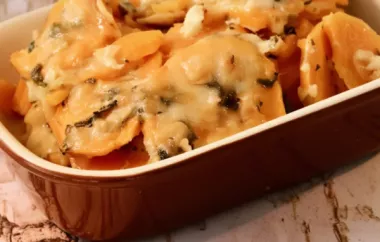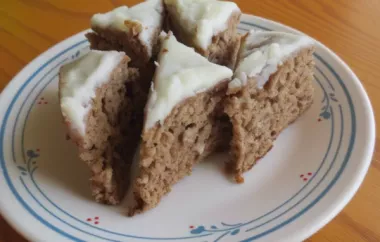Traditional Ethiopian Injera: A Delicious and Healthy Ethiopian Flatbread Recipe
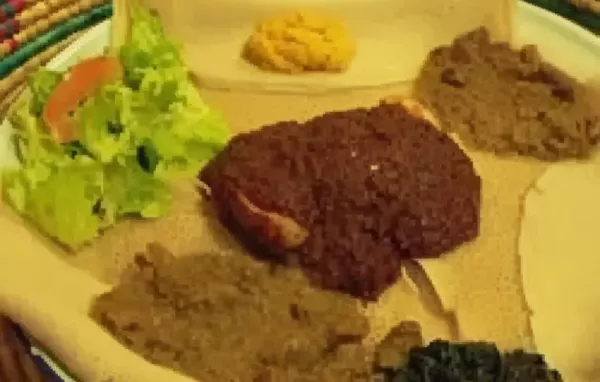
Published on November 21, 2023
Injera is a traditional Ethiopian flatbread that is a staple in Ethiopian cuisine. Made with fermented teff flour, this gluten-free flatbread is light, spongy, and slightly sour in taste. Injera is typically served with various stews and dishes, and it often serves as both the plate and the utensil. Follow this classic injera recipe to enjoy the rich flavors of East Africa.
Ingredients
- 2 cups teff flour
- 1 cup all-purpose flour
- 3 cups water
- 1/4 teaspoon active dry yeast
- 1/2 teaspoon salt
- Vegetable oil for greasing the pan
Directions
- In a large bowl, combine the teff flour, all-purpose flour, and water. Mix well until smooth and let the batter sit at room temperature for at least 48 hours to ferment, stirring occasionally.
- After 48 hours, you will notice small bubbles forming on the surface of the batter, indicating that the fermentation process is complete.
- In a small bowl, dissolve the yeast in 1/4 cup of warm water and let it sit for 5 minutes, or until frothy.
- Add the yeast mixture and salt to the fermented batter and mix well. Let the batter sit for another 30 minutes to allow the yeast to activate.
- Heat a large non-stick skillet or a traditional injera pan over medium heat. Lightly grease the surface with vegetable oil.
- Pour about 1/2 cup of the batter onto the pan and quickly swirl the pan to spread the batter into a thin, circular shape. The batter should be evenly spread and cover the entire surface of the pan.
- Cover the pan with a lid and cook the injera for about 1-2 minutes, or until the edges start to lift and the surface is no longer wet.
- Remove the injera from the pan and transfer it to a plate. Repeat the process with the remaining batter, adding more oil to the pan as needed.
- Once all the injera is cooked, stack them on top of each other to keep them warm and moist.
- Serve the injera as a base for Ethiopian stews and dishes. To eat, tear off a piece of injera and use it to scoop up the stew or use it as a wrap to hold the fillings.
Interesting Facts
You’ll Also Love


